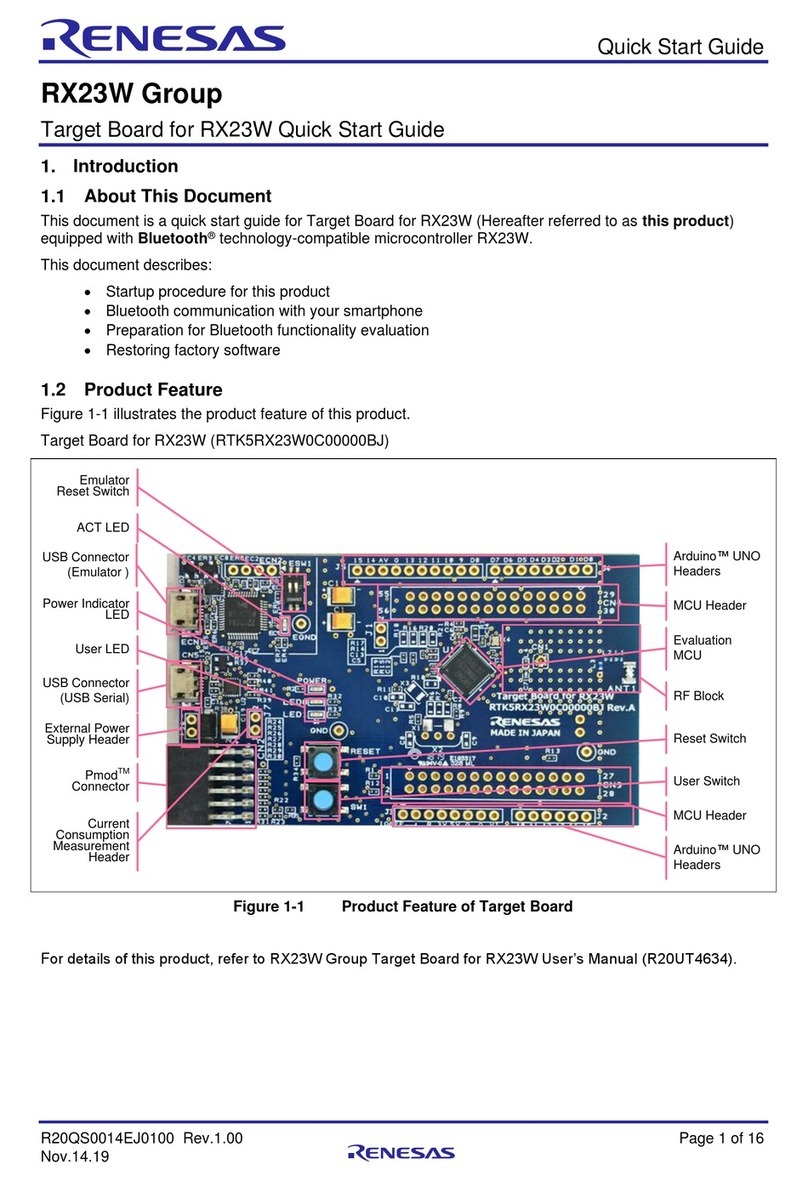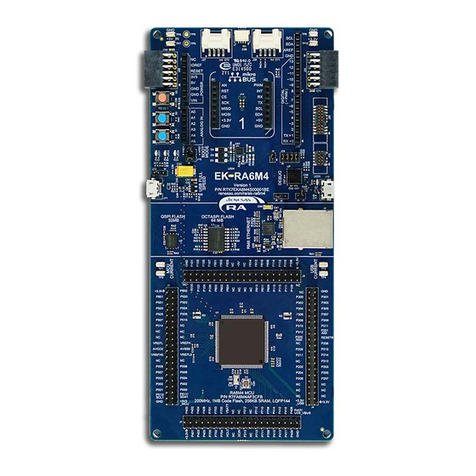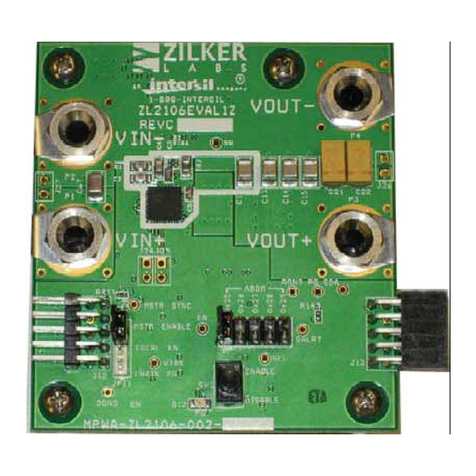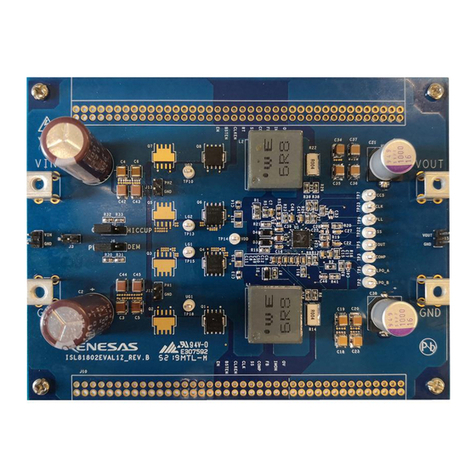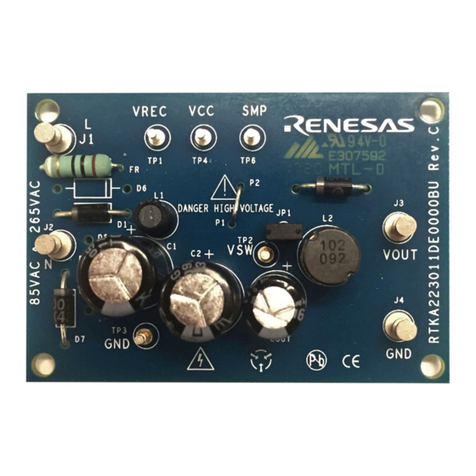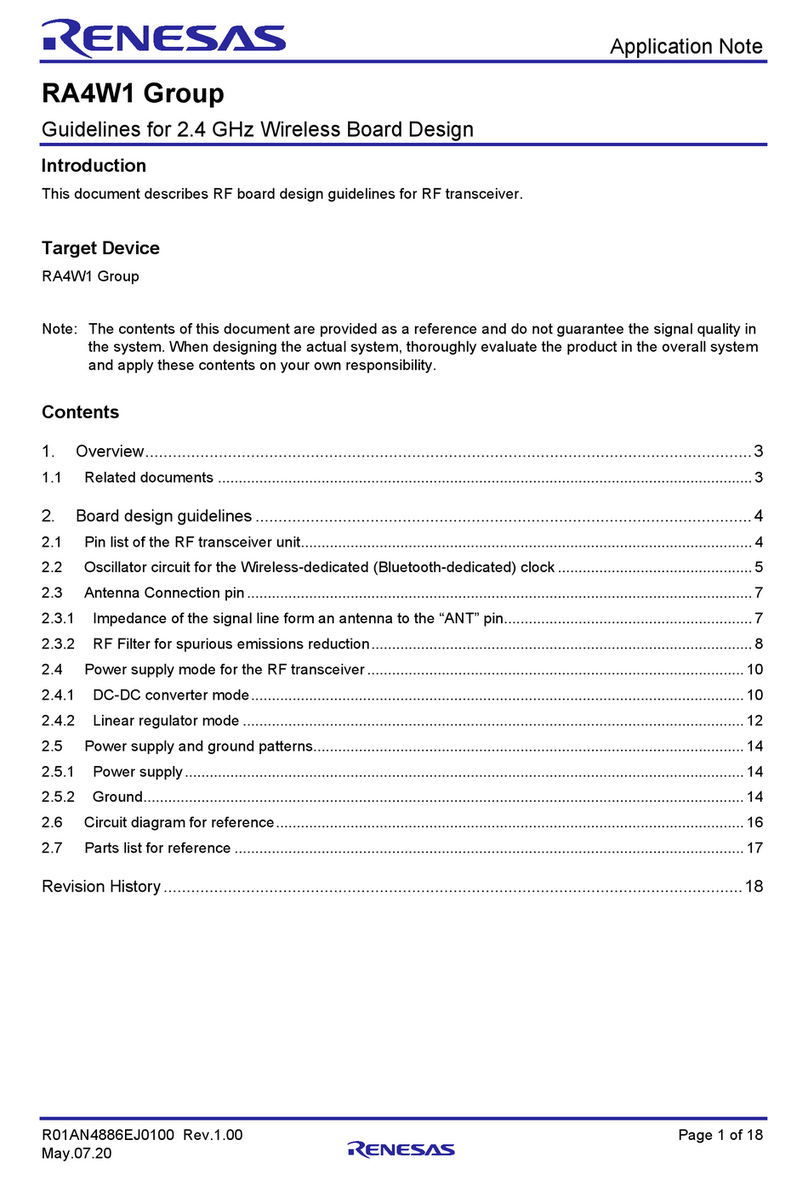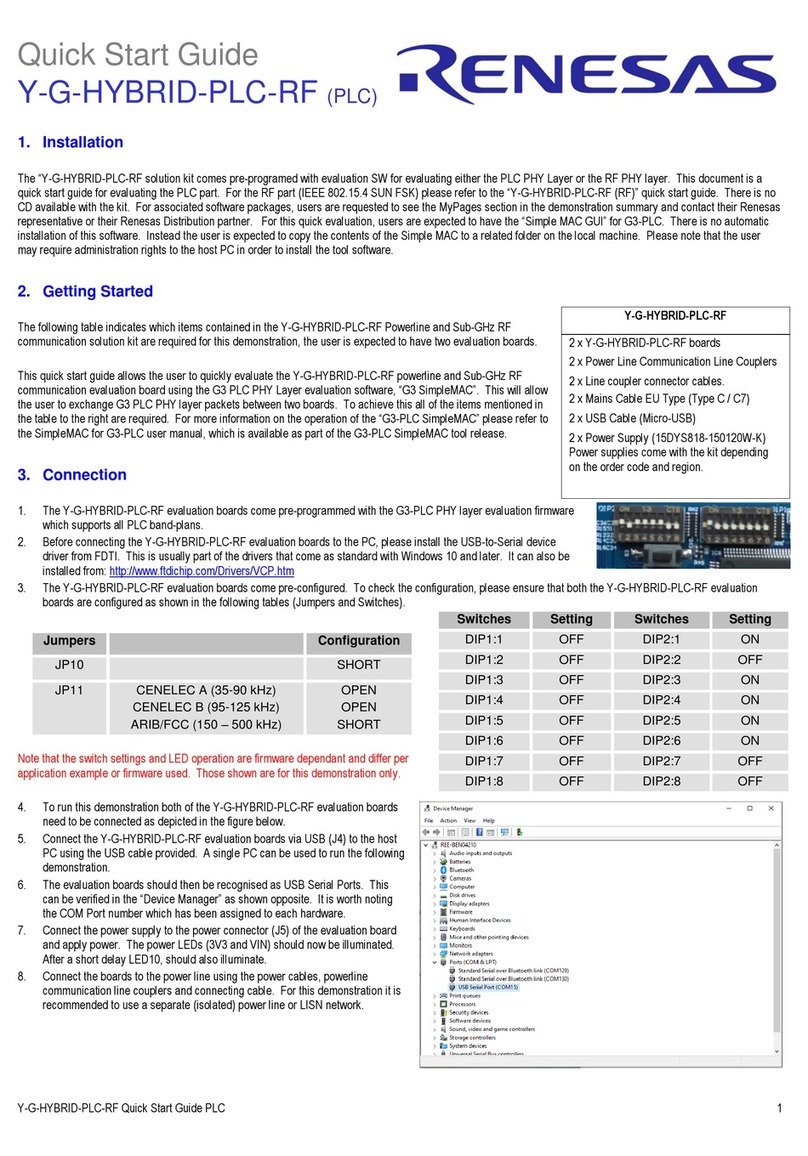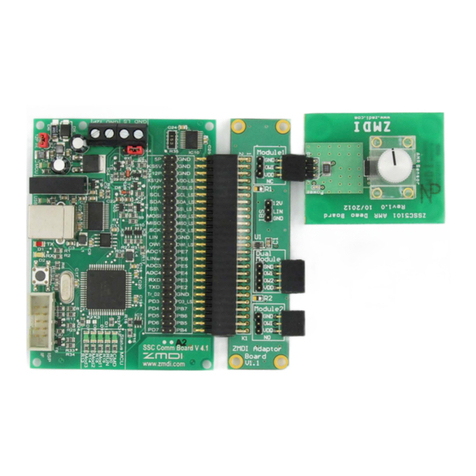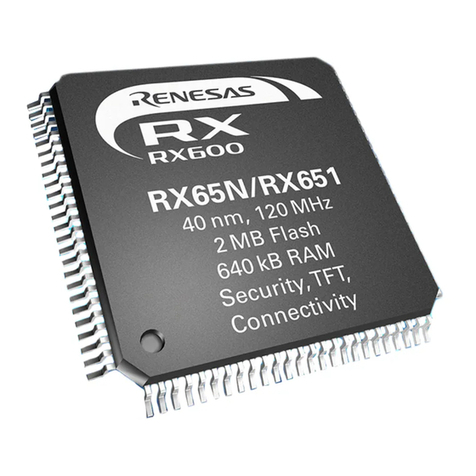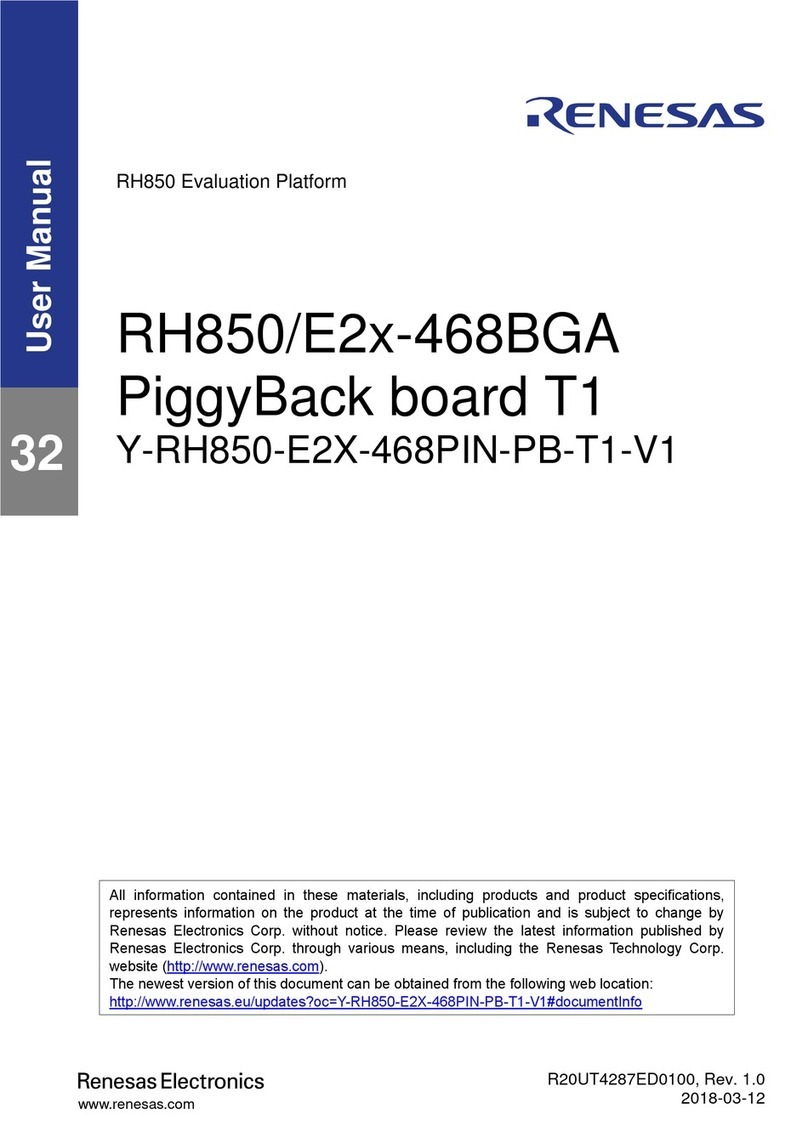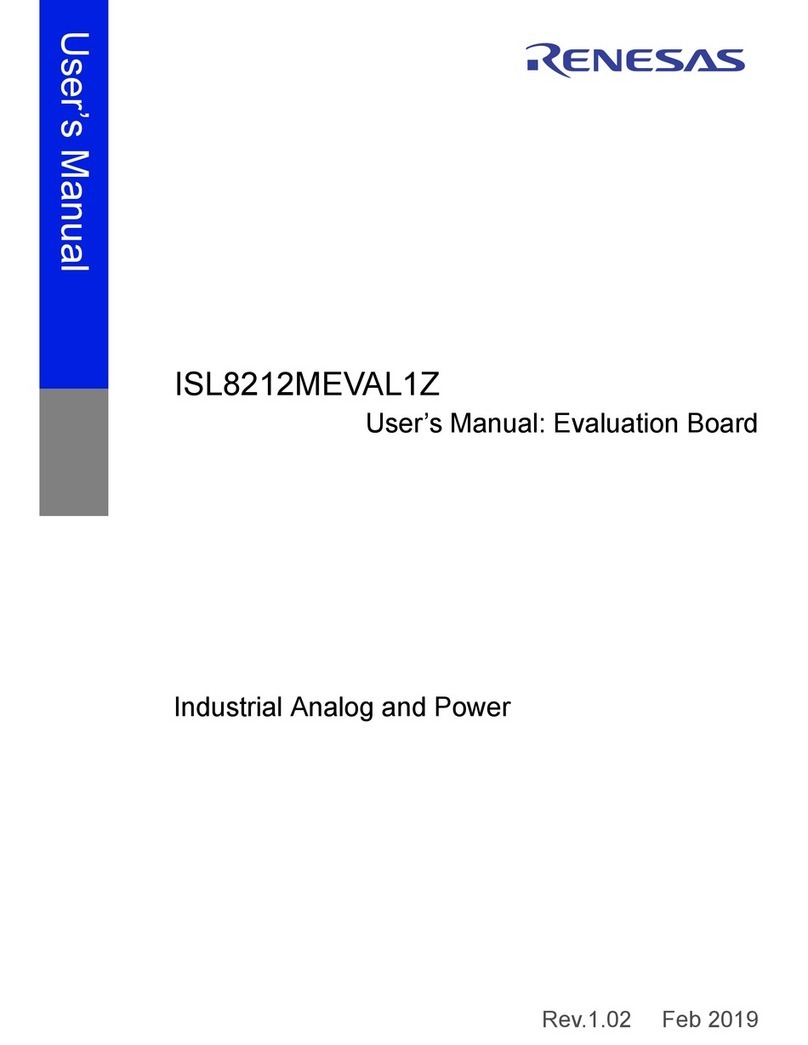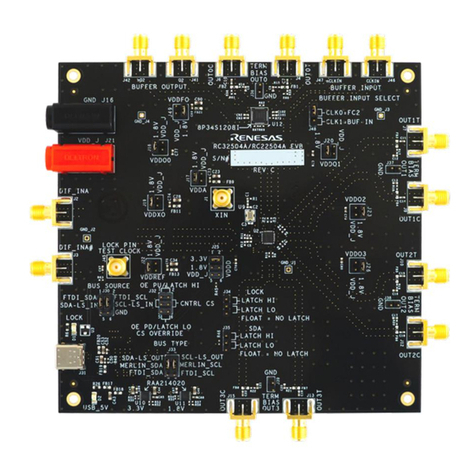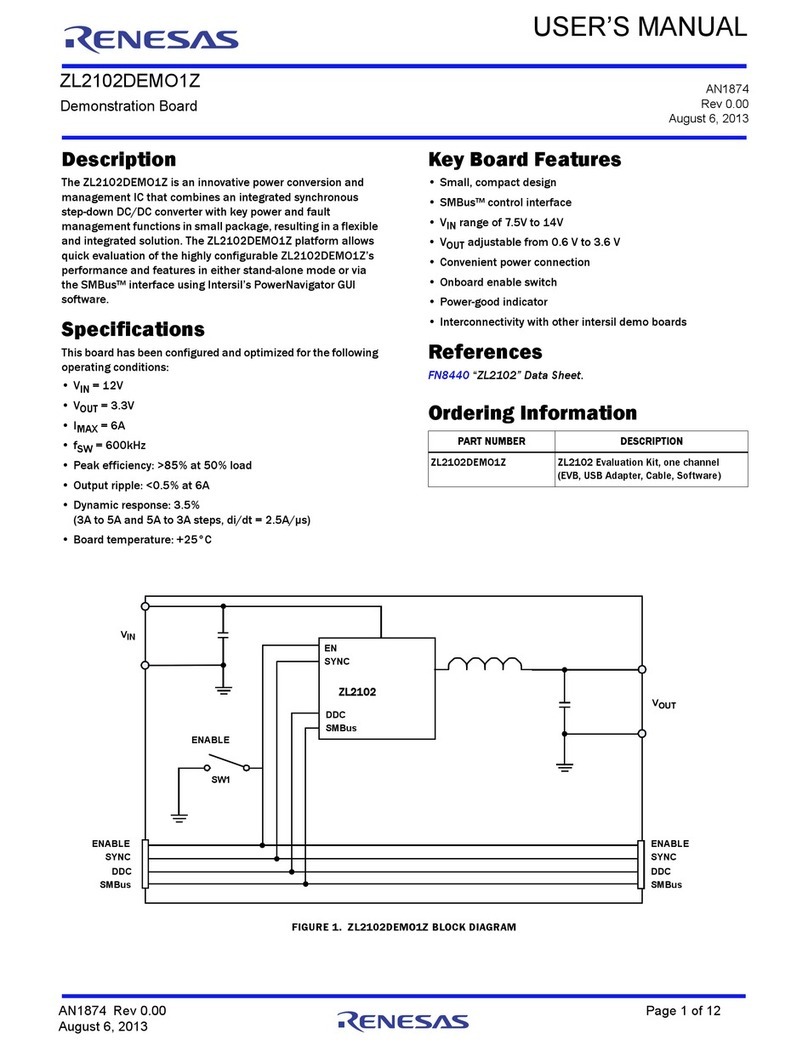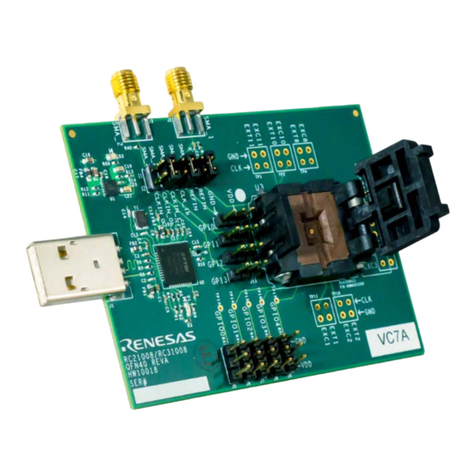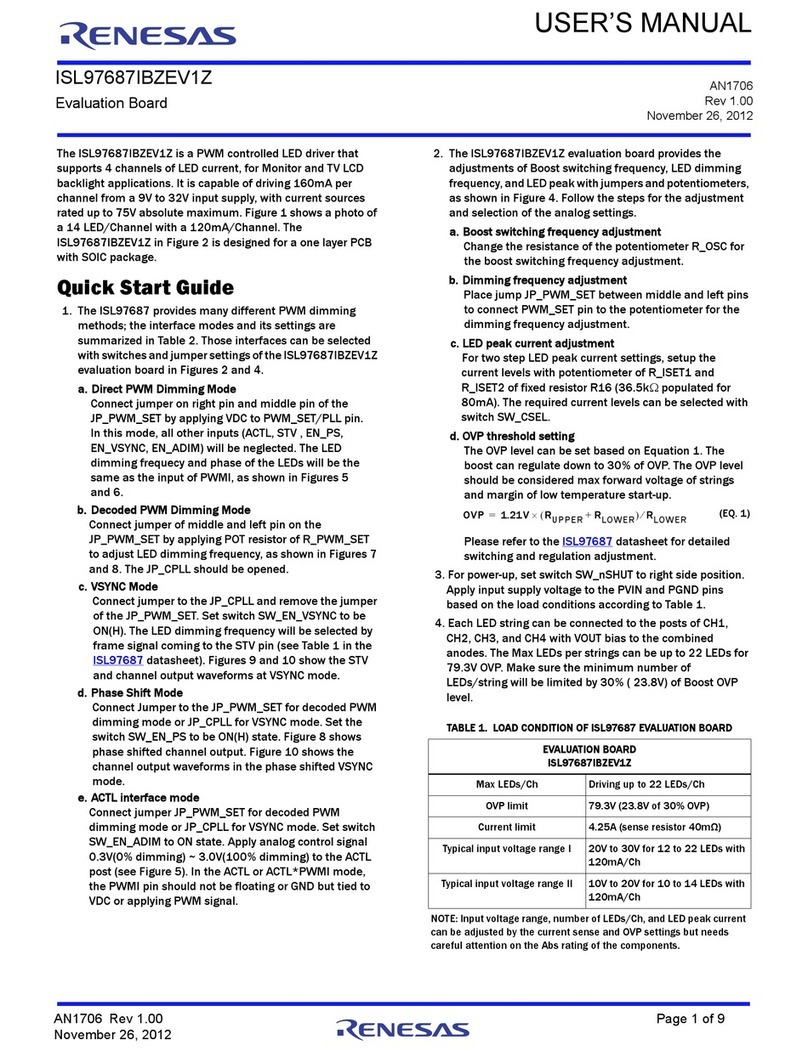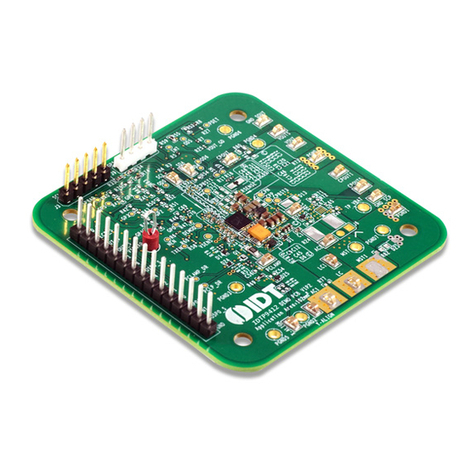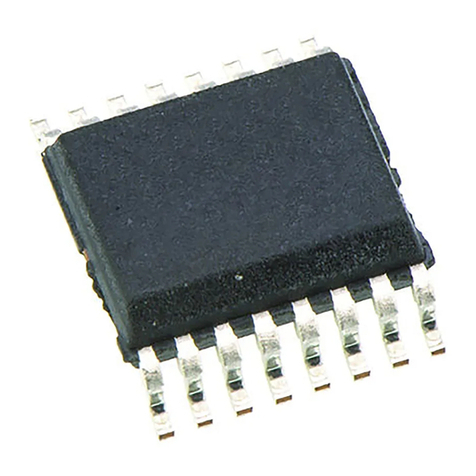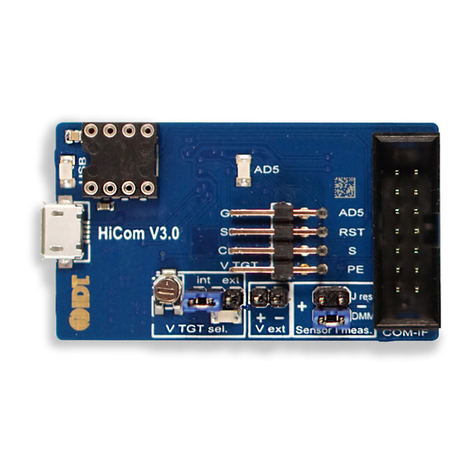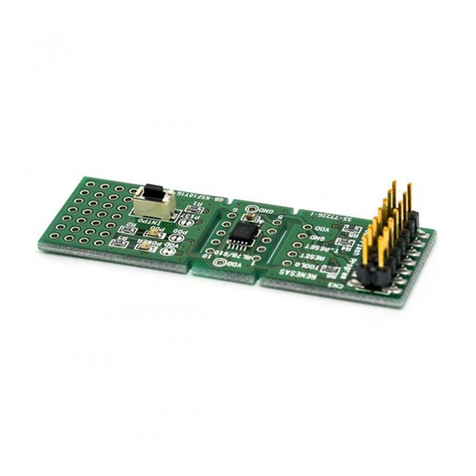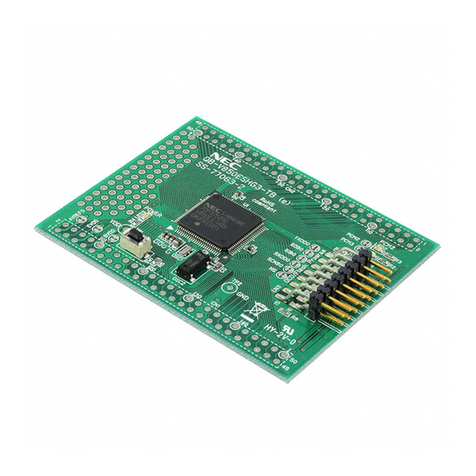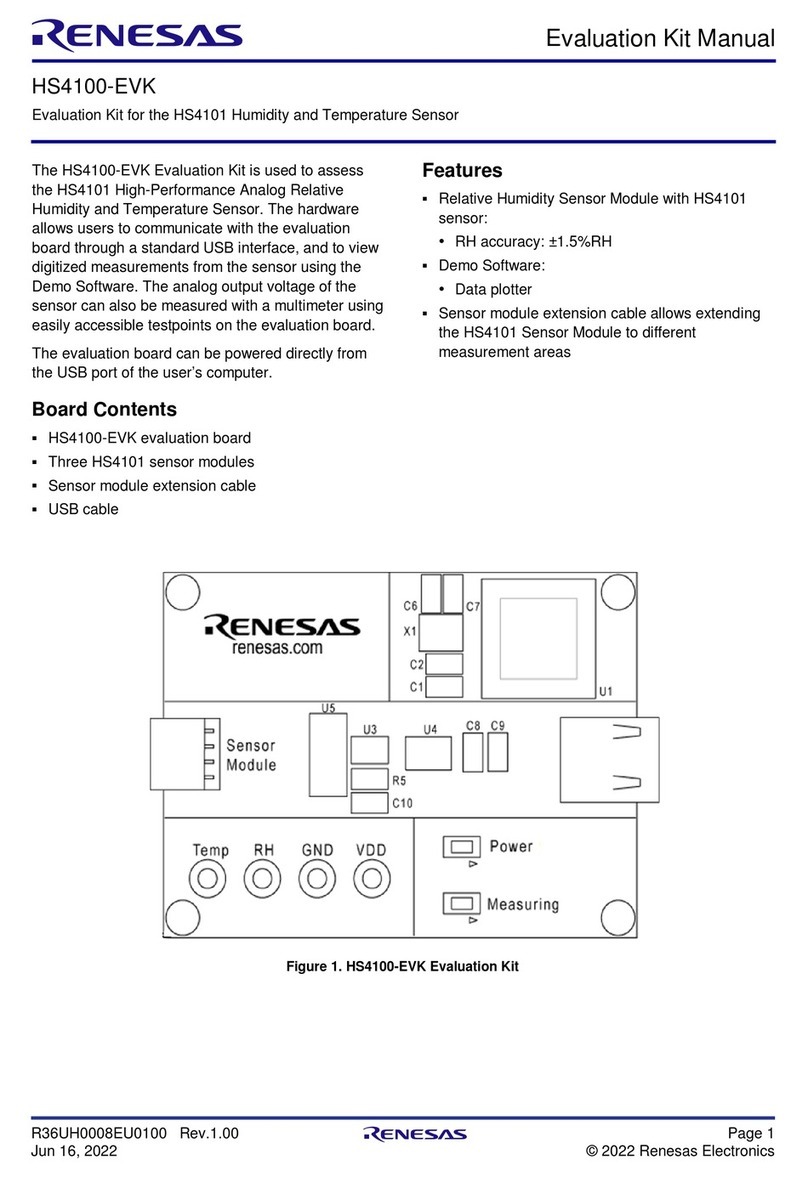of 23
Jul.20.21
RL78 Debugging Functions Using the Serial Port
Introduction
This application note describes how to use the RL78 debugging functions using the serial port.
Target Device
RL78
Contents
1. Overview .................................................................................................................................4
1.1 Overview of COM Port debugging...........................................................................................................4
1.2 Applicable devices...................................................................................................................................4
2. User system design.................................................................................................................5
2.1 Example of recommended connection between USB-to-serial conversion adapter and MCU...............5
2.1.1 General RL78 family connectivity..........................................................................................................5
2.2 Things to keep in mind when connecting................................................................................................6
2.2.1 RESET# pin...........................................................................................................................................6
2.2.2 TOOL0/TOOLTxD/TOOLRxD pins........................................................................................................8
2.2.3 GND.......................................................................................................................................................9
2.2.4 Power supply voltage ............................................................................................................................9
3. Usage notes..........................................................................................................................10
3.1 Power on/off ..........................................................................................................................................10
3.1.1 Power supply sequence ......................................................................................................................10
3.2 MCU resources that are used ...............................................................................................................11
3.2.1 Securing the debug monitor area........................................................................................................12
3.2.2 Securing the stack area for debugging ...............................................................................................13
3.2.3 Setting the on-chip debug option byte area ........................................................................................14
3.2.4 Setting the security ID .........................................................................................................................15
3.3 Reset .....................................................................................................................................................16
3.3.1 Behavior after reset.............................................................................................................................16
3.3.2 Registers after reset............................................................................................................................16
3.3.3 Pin reset during break .........................................................................................................................16
3.4 Flash memory........................................................................................................................................16
3.4.1 Debugging notes for self-programming...............................................................................................16
3.4.2 Voltage at which flash memory cannot be written and operation in flash operation mode.................17
3.5 GDIDIS function.....................................................................................................................................18
3.6 MCUs that are used in debugging.........................................................................................................18
3.6.1 Use in mass-production products........................................................................................................18
